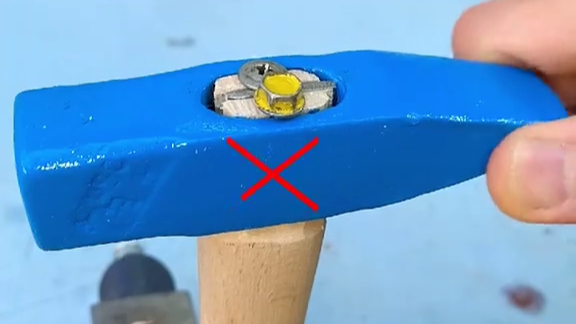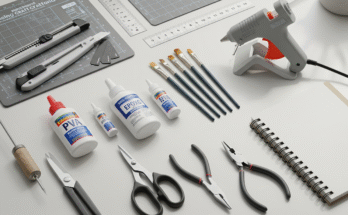Unique Hammer Handle Making Techniques You’ve Probably Never Seen Before
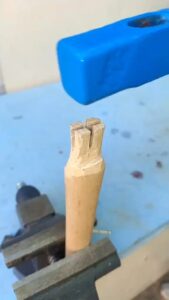
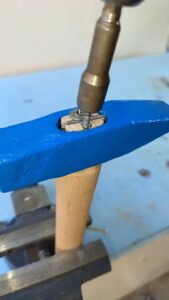

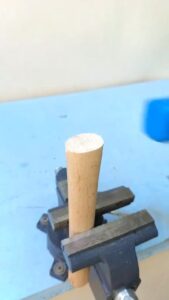

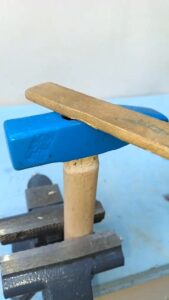
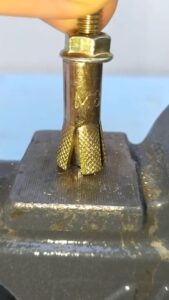
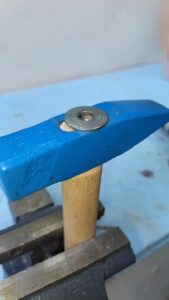
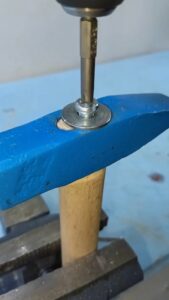
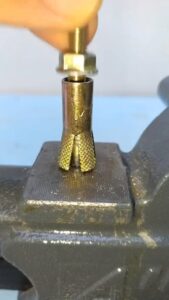
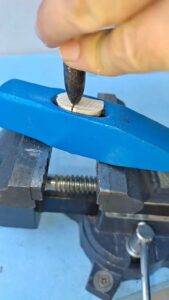
When you think about a hammer, your mind probably jumps to the head – the business end that does all the striking. But just as crucial, and often overlooked, is the handle. A well-crafted handle isn’t just about aesthetics; it’s about balance, comfort, and ultimately, your efficiency and safety. Forget the mass-produced, generic handles; we’re diving into some truly unique, DIY hammer handle making techniques that will elevate your tools and your woodworking skills.
For the avid DIYer and woodworker, the joy of creating extends beyond the project itself to the very tools used. Making your own hammer handle allows for unparalleled customization, giving you a tool that feels like an extension of your own hand. So, let’s explore some unconventional methods you might not have encountered before.
1. The Stacked Laminate Handle: Beauty in Layers
Most wooden handles are carved from a single block, but the stacked laminate technique offers incredible strength and stunning visual appeal. Imagine layers of contrasting woods – perhaps walnut and maple, or even exotic woods like wenge and padauk – glued together. The magic happens during the shaping process. As you carve and contour the handle, the different wood layers are revealed in beautiful stripes and patterns, creating a truly one-of-a-kind look.
- How it works: Mill several thin pieces of wood (e.g., 1/8″ to 1/4″ thick) to the desired length and width. Alternate the wood species and glue them together using a strong wood glue and plenty of clamps. Once dry, you have a solid blank ready for shaping with rasps, files, and sandpaper. The key here is precise glue-up and patient shaping to reveal the layered effect.
2. The Segmented Handle: A Puzzle of Precision
Taking the concept of laminates a step further, segmented handles involve cutting individual wood segments and meticulously fitting them together to create geometric patterns or even ergonomic curves. This technique is more time-consuming but yields truly impressive results. Think of it as woodworking tessellations for your hammer.
- How it works: This method often starts with a central core. Then, individual pieces are cut at specific angles and glued around the core, or directly to each other, to build up the handle’s form. This can involve intricate joinery like half-laps or finger joints, offering incredible strength and a striking visual design. This technique is particularly well-suited for handles with distinct ergonomic finger grooves.
3. The “Found Object” Inlay Handle: Story in Your Grip
This technique embraces creativity and sustainability. Instead of solely relying on wood, consider incorporating small, unique “found objects” as inlays within your wooden handle. This could be anything from thin strips of brass or copper, to pieces of reclaimed plastic, or even segments of old circuit boards for a truly modern aesthetic.
- How it works: Route or carve precise recesses into your wooden handle blank. Then, carefully shape and fit your chosen inlay material into these recesses. Secure with appropriate adhesives (epoxy is often a good choice for dissimilar materials). Once the adhesive cures, sand the handle flush, revealing the embedded elements. This technique not only adds visual interest but can also tell a story about the materials you’ve repurposed.
4. The Rope-Wrapped & Epoxy-Sealed Handle: Ultimate Grip and Durability
While not strictly a “wood” technique, this method transforms a basic wooden core into an incredibly durable and grippy handle. It’s particularly useful for tools that might see heavy use or exposure to the elements.
- How it works: Start with a sturdy wooden core, perhaps a slightly thinner blank than usual. Tightly wrap the handle with natural fiber rope (like jute or hemp) or even paracord, ensuring consistent tension. Once wrapped, saturate the entire rope-wrapped section with a strong epoxy resin. The epoxy soaks into the fibers, curing into an incredibly hard, impact-resistant, and weatherproof grip that offers fantastic tactile feedback.
Elevate Your Craft
These unique hammer handle making techniques offer more than just a functional grip; they provide an opportunity to personalize your tools, hone your woodworking skills, and create truly bespoke items. So, next time you reach for your hammer, consider if its handle truly reflects your passion for craftsmanship. Dive into these methods, experiment with materials, and forge a tool that’s as unique as your projects. Happy hammering!
